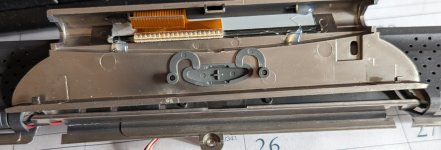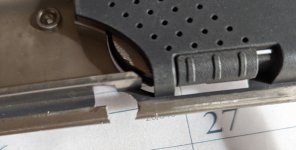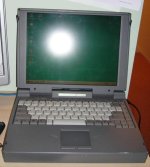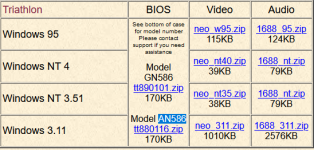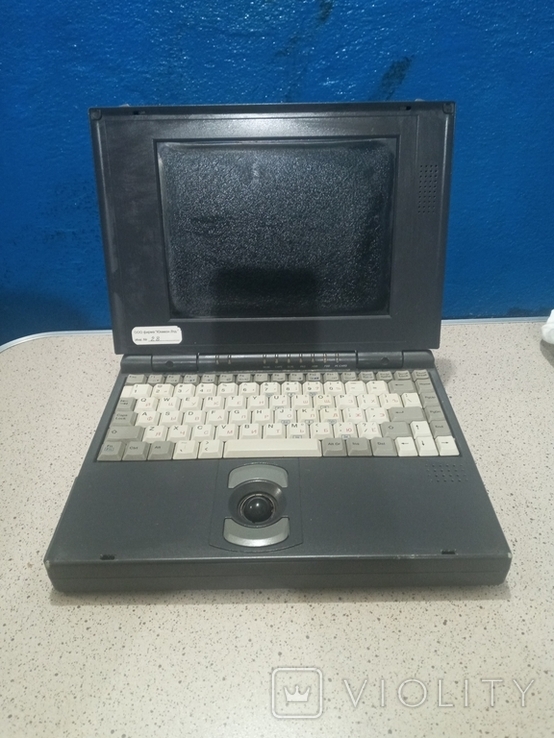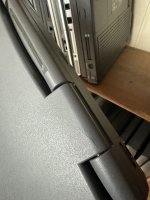I've got some extremely basic Micron info up here:
https://macdat.net/pc/micron_home.html
No dedicated pages yet though. Will get to that when I get to that.
3lectric, FYI the Green 753+ looks exactly like the Green 753. It differs from the outside only with having a barrel jack for input. Same plastics, same drives, same everything else with the case. Same photo can be used.
I'm usually a huge stickler about using 100% correct images, even in cases where two laptops look the same. I should probably just get over that here and put the regular Green753 photo up until I get one of a 753+. I've seen both on eBay, they really are identical.
The Green 756 was sold as the Micron VLX+ with socket 7 CPU's and I think (must pull out and check) as the Micron Trek with AMD K6 CPUs.
Is that the only difference between the VLX+ and the Trek? I was confused on why Micron seemingly sold the same laptop under two names. I knew both were G756s and that the VLX non-plus was a 755, but not the difference between the VLX+ and Trek. Micron had very little info up about the Trek 1.
The Micron Trek 2 was also from Alpha-Top and had spec's updated during production from PII CPU's to PIII's. Various Micron SKU numbers ID which Trek 2 version is what. I needed to do more research on what Green model number(s) or even P/N's that might be found on the various PCB's, but never got time to do so before shutting down my business.
Orphanlaptops says Green760 and Green790, definitely unclear right now though. I'm also trying to get the documentation for the Ready 400T pulled from archived NEC sites, but it seems the Versa and Ready laptops were done by two different divisions so I've got to find a different section on the site. I have the Versa documentation all bookmarked...
After the Trek 2 Micron switched to mostly selling Samsung made laptops such as the LT, SX GX and etc.
I haven't confirmed this yet, but I think most of the later Transport laptops were Samsungs, which is GREAT news as Samsung themselves didn't sell their laptops in the US during that time, and they made some cool stuff. I think I'd like to pick up some of those Samsung MPC laptops at some point, they're pretty neat looking.
Here's a quick infodump on Micron ODMs:
original Millenia Transport and the Transport XPE were made by Sanyo, and I think the XKE was too. The VLX, VLX+/enhanced, Trek, Trek II were all Alpha-Top. The NX as you've said was a Chicony, then most of their later ones were Samsung. I saw at least one photo of one that was clearly a Mitac MiNote 8080 (same laptop as the WinBook C100 Series) so they sold from more than just Samsung at the time.
Last laptops MPC "made" were Gateways. Specifically, the ones that have model numbers starting in "E-xxx" and "M-xxx". These confuse me a LOT. They're literally Gateway laptops, with Gateway branding, that ALSO have the MPC logo on the top. That was then they were months from bankruptcy so I guess it was an attempt made in desperation more than anything else.
They also sold a 15" LCD Chicony MP989 as their Transport NX. That machine was a beast - it could have several batteries, several hard drives, CD/DVD plus various other drives like ZIP drives. All swapping into three drive bays or internal.
I think that one's going to have to go on "the list" then... sounds pretty sweet.


